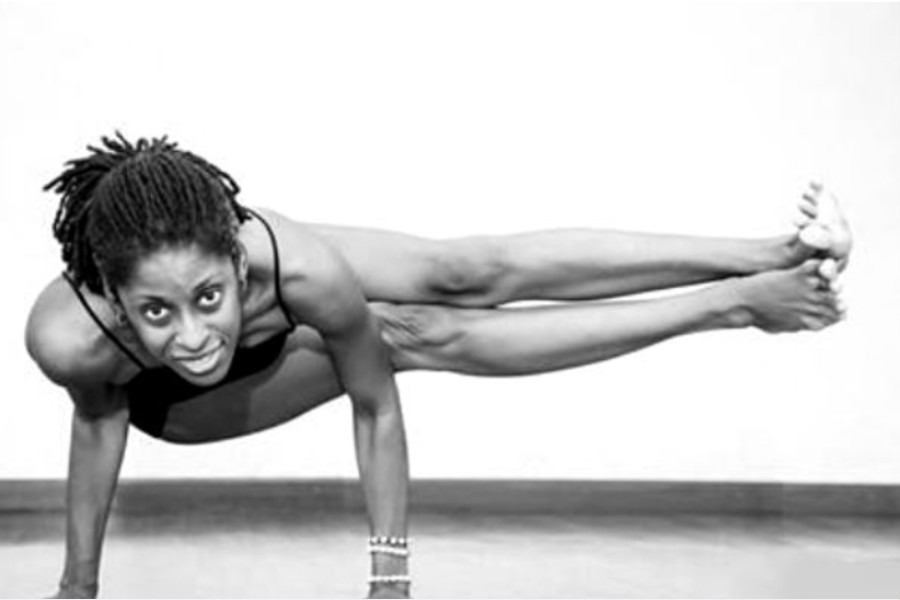
Sports injuries can disrupt the routines of athletes and active individuals, making targeted treatment essential for effective recovery.
Align Health Collective physio offers a range of treatments focused on reducing pain, restoring function, and preventing future injuries. This article explores various physiotherapy techniques and their role in helping athletes return to their sport and maintain optimal performance.
Key Takeaways
- Sports injuries can significantly affect performance, and effective physiotherapy is crucial for recovery and injury prevention.
- Common sports injuries include knee injuries, sprains, strains, tendinopathies, and dislocations, each requiring tailored treatment approaches.
- Physiotherapy treatments encompass manual therapy, exercise rehabilitation, and electrotherapy, all aimed at reducing pain and restoring function.
- Additional techniques like dry needling, taping, and bracing provide further support and enhance recovery outcomes for athletes.
- Education and self-management are vital as they empower athletes to understand their injuries and adhere to personalised recovery plans.
- A collaborative approach between physiotherapists and athletes promotes effective rehabilitation, facilitating a quicker return to sports activities.
Overview of Sports Injuries
Sports injuries may vary in severity and can affect different body parts. The following are common types of sports injuries encountered in physiotherapy:
- Knee Injuries: Conditions like ACL ruptures, meniscal tears, and ligament sprains are prevalent among athletes, often requiring specific rehabilitation protocols.
- Sprains and Strains: Injuries affect muscles and ligaments, frequently occurring in areas such as ankles, wrists, and knees, and may involve varying degrees of severity.
- Neck and Shoulder Injuries: Issues such as dislocations, separations, and rotator cuff injuries require comprehensive assessment and tailored rehabilitation strategies.
- Broken Bones and Dislocations: Fractures and joint dislocations necessitate immediate medical attention, followed by structured rehabilitation.
- Muscle and Tendon Problems: Conditions like tendinopathies, including tennis elbow and Achilles tendinopathy, show a need for specific treatment approaches focusing on pain management and recovery.
Effective treatment for these injuries aligns with phases of rehabilitation. The acute phase involves methods like R.I.C.E. (Rest, Ice, Compression, Elevation) to manage inflammation and pain, alongside medications such as non-steroidal anti-inflammatory drugs (NSAIDs). Transitioning to the subacute phase emphasises movement control, focusing on regaining control over the affected area to promote long-term recovery.
Common Types of Sports Injuries
Sports injuries can be classified into two main categories: acute injuries and chronic injuries. Understanding these types aids in the identification and management of injuries encountered in athletic activities.
Acute Injuries
Acute sports injuries occur suddenly, often due to a specific incident or trauma. Common examples include:
- Knee Injuries: These encompass ligament sprains, meniscal tears, and fractures. Knee injuries often occur during high-impact activities and can severely affect mobility.
- Shin Splints: Characterised by localized pain and inflammation in the lower leg, shin splints frequently result from repetitive activities like running or jumping.
- Dislocations: This injury involves a joint being forced out of its normal position, commonly seen in shoulders and fingers during contact sports.
- Strains and Sprains: Strains involve muscle damage, while sprains pertain to ligament injuries. Both injuries are prevalent in physical activities and can lead to swelling and pain.
Chronic Injuries
Chronic sports injuries develop over time due to repetitive stress or prolonged use of muscles and joints. Common examples include:
- Tendinopathy: This is a condition affecting the tendons, often resulting from overuse. Athletes may experience pain and stiffness, particularly in the elbow, shoulder, or Achilles region.
- Plantar Fasciitis: Characterised by heel pain, this condition arises from inflammation of the plantar fascia, commonly impacting runners and those with flat feet.
- Stress Fractures: These small cracks in bones typically occur in weight-bearing areas, such as the foot or leg, often due to repetitive impact activities.
- Bursitis: Inflammation of the bursae, small fluid-filled sacs cushioning bones, tendons, and muscles, can lead to pain in joints, particularly in the shoulders, elbows, and hips.
Recognizing the type of sports injury assists in selecting appropriate physiotherapy treatments and interventions for effective recovery.
Physiotherapy Treatments
Physiotherapy encompasses a range of treatments aimed at facilitating recovery from sports injuries, enhancing performance, and preventing future incidents. Key techniques include manual therapy, exercise rehabilitation, and electrotherapy.
Manual Therapy Techniques
Manual therapy techniques involve hands-on treatment to alleviate pain and restore function. Techniques such as joint mobilizations and soft tissue manipulations target specific areas to reduce inflammation and improve mobility. Physiotherapists assess the injury to determine suitable manual therapy methods, which may include myofascial release and trigger point therapy to relieve muscle tension.
Exercise Rehabilitation
Exercise rehabilitation focuses on developing tailored exercise programs that address the injured athlete’s specific needs. These programs include strengthening exercises, flexibility training, and functional movement patterns relevant to the athlete’s sport. Gradually increasing intensity helps promote healing, rebuild strength, and restore normal movement patterns, allowing athletes to return to their activity safely.
Electrotherapy
Electrotherapy employs electrical modalities to stimulate healing and reduce pain. Techniques such as transcutaneous electrical nerve stimulation (TENS) and ultrasound therapy improve circulation and promote tissue repair. Physiotherapists utilize electrotherapy as an adjunct to other treatment methods to improve overall recovery outcomes, ensuring the athlete receives comprehensive care tailored to their needs.
Additional Treatments in Physiotherapy
Physiotherapy also includes a range of additional treatments that improve recovery for athletes suffering from sports injuries.
Dry Needling
Dry needling targets trigger points within muscles to alleviate pain and improve mobility. Physiotherapists insert thin needles into specific muscle areas to release tension. This method can reduce discomfort, promote blood flow, and accelerate healing in injured tissues. Evidence shows that dry needling effectively treats conditions such as muscle spasms and myofascial pain syndrome.
Taping and Bracing
Taping and bracing provide external support to injured areas, facilitating stability during movement. Kinesiology tape can improve proprioception and reduce swelling by offering dynamic support. Rigid tape stabilizes joints and prevents excessive movement, assisting in recovery from sprains and strains. Braces are useful for protecting the joints during physical activities and can help prevent re-injury by redistributing stress away from vulnerable structures.
Role of Education and Self-Management
Education and self-management play essential roles in the recovery process for athletes with sports injuries. Physiotherapists educate athletes about their conditions, empowering them to understand their injuries and the steps required for healing. This understanding aids athletes in adhering to their treatment plans and promotes active participation in their recovery journey.
Self-management strategies improve the effectiveness of physiotherapy treatments. Athletes learn techniques to monitor their progress, manage symptoms, and maintain functionality. These strategies might include specific exercises, stretching routines, and modifications to daily activities that support healing and prevent further injury.
Creating a personalized self-management plan significantly impacts rehabilitation. Customized plans focus on an athlete’s individual needs, ensuring that each aspect addresses their specific injury and lifestyle. This tailored approach yields better outcomes, allowing athletes to return to their sports more efficiently.
Engaging in educational workshops or sessions led by physiotherapy professionals strengthens athletes’ knowledge of injury prevention. By understanding risk factors and proper techniques, they minimize the likelihood of re-injury.
Additionally, incorporating mental strategies also improves self-management efforts. Athletes are guided on maintaining motivation and managing frustration during recovery, which fosters a positive mindset that aids healing.
Ultimately, the collaborative relationship between physiotherapists and athletes enhances recovery through education and self-management, facilitating a swift return to athletic pursuits.
Conclusion
Effective treatment for sports injuries is vital for athletes aiming to return to their peak performance. Physiotherapy offers a comprehensive approach that combines various techniques tailored to individual needs. By addressing both acute and chronic injuries through methods like manual therapy and exercise rehabilitation, physiotherapists play a crucial role in recovery.
Additionally, the integration of education and self-management empowers athletes to take charge of their rehabilitation. This collaborative effort not only enhances recovery but also promotes injury prevention strategies. Ultimately, physiotherapy stands as a cornerstone in the journey from injury to recovery, ensuring athletes can safely resume their sporting activities.
Become a Harlem Insider!
By submitting this form, you are consenting to receive marketing emails from: . You can revoke your consent to receive emails at any time by using the SafeUnsubscribe® link, found at the bottom of every email. Emails are serviced by Constant Contact








